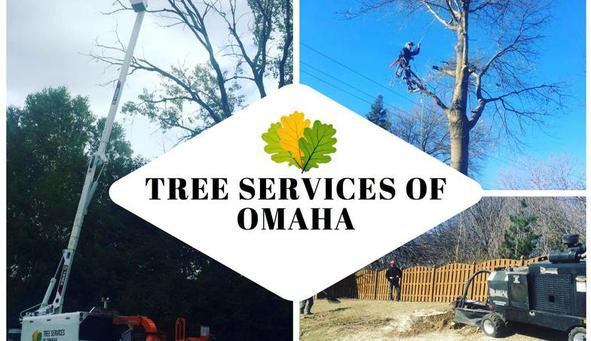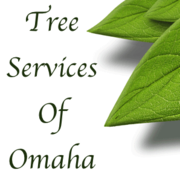Treating Chlorosis in Trees
by David Steg on 02/15/16Treating Chlorosis in Trees
When most people look at trees in the spring and summer, they notice the pretty green leaves fluttering in the wind. We admire the beauty that trees bring to our landscape, but not all trees may have that healthy green glow. Chlorosis is common in many trees and this is the yellowing of the leaves due to an iron deficiency. This can be cause by soils with a pH above 7. The leaves of a tree affected by chlorosis will turn yellow and have a network of dark green veins. As time goes by, the outer edges may turn brown as the sun scorches them. This deficiency of iron may effect just a few areas of the tree, the upper crown, or just a single branch. It is important that you take action when you notice any of the symptoms above, to prevent the total loss of a tree.
Prevention of Iron Chlorosis
It is important to be proactive on tree care since prevention method are typically less costly that treatment options. It’s important to pick plant species that are more tolerant to higher pH levels, if your area is known to have an iron deficiency. It may even be suggested to not plant in areas with low iron levels, since these plants will not thrive and will typically have shorter life spans. A few common trees tin Nebraska that are prone to chlorosis are popular trees and silver maples.
Advice I give to homeowner about young and constantly chlorotic trees, is to replant the tree in a better location. The care and treatment for this issue will be costly and the tree will likely not grow to be a healthy and mature tree. Some trees may be too large to re-plant, so it is important to monitor the moisture and soil conditions. Don’t allow for the soil to be saturated, since this can whisk away some of the iron. It is important to aerate around the effected area to help create better drainage. Also, limit the use of plastic weed barriers, since this will prohibit the movement of oxygen into the soil. IF the phosphorus levels rise, this can worsen the iron chlorosis and cause more damage to the tree.
Treatment Options
There are a few different methods to treat an iron deficiency. These options would include soil treatments to apply elemental sulfur and errors iron sulfate, inserting iron chelates into the ground, foliar sprays which contain ferrous sulfate, or trunk injections that contain ferric ammonium citrate or iron sulfate. The best and most effective treatment option for trees is the trunk injections. The sprays can produce a response, but the results tend to not be long lasting. As for the soil treatments, this method will be the most time consuming but may be a little more friendly on the pocketbook.
Soil Treatment
Soil treatments should be used to address iron deficiencies in small areas, in the fall or early spring. This method tends to be a little less costly and can be done easily by the homeowner. It’s best to select an inorganic iron source that is derived from iron or ferrous sulfate. It is not recommended to treat the whole yard, but rather treat the areas where you have identified chlorosis. Make the holes about 2 inches in diameter and a foot to a foot and a half deep. Keep the space between holes at about 18 inches around the drip line of any affected trees and then fill the holes with the iron mixture of choice. What this does, if the sulfur in the holes will reach and form and acid that will help neutralize lime and help lower the pH. Depending on weather conditions, this treatment option could las 2-4 years.
Others may prefer to use iron chelates, but this treatment option will last no more than a year. Chelate will work best when the FeEDDHA molecule is present in the soil, but will not work with pH levels higher than 7.2. It is best to use this method before growth starts in the spring months.
Foliar Spray Treatment
This treatment option is applied directly to the leaves of the affected plant. This will provide a quick response, but it is often temporary. Usually the spray will have to be administered more than once in a season, and can be difficult to do on larger trees. This treatment option should be done in the evening or on a cooler day, because leaf burning could occur by the harsh sun. I would suggest contacting a licensed arborist to assist in any foliar spray treatments.
Trunk Injectons
I strongly recommend that trunk injections be handled by a professional, to ensure it is done properly. An iron mixture would then be placed directly into the holes drilled into the trunk of the tree. It is important to note that this method could be most damaging to the tree, but is very effective if done properly. Studies have shown that a trees update to ferrous sulfate or iron citrate are best when the holes are drilled near the soil surface and on the outside of the root flare. Wound dressings should not be used when injecting a tree, and will not promote a quicker healing time. Trunk injections should be applied in early spring, because the summer heat can add stress to a treated tree. The trunk injection treatment option should last at least 2 years (or more), but future treatments could be needed. Keep the tree well watered after the injections to ensure a healthy outcome.
Comments (0)



